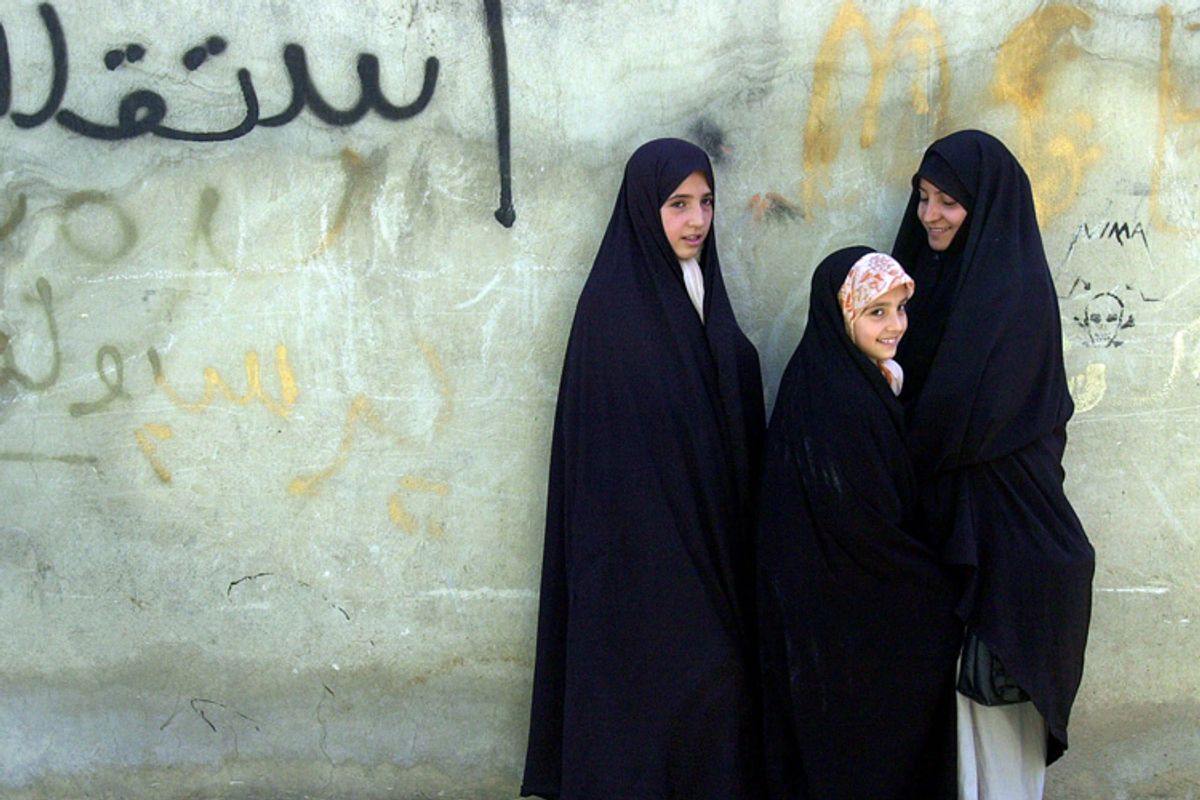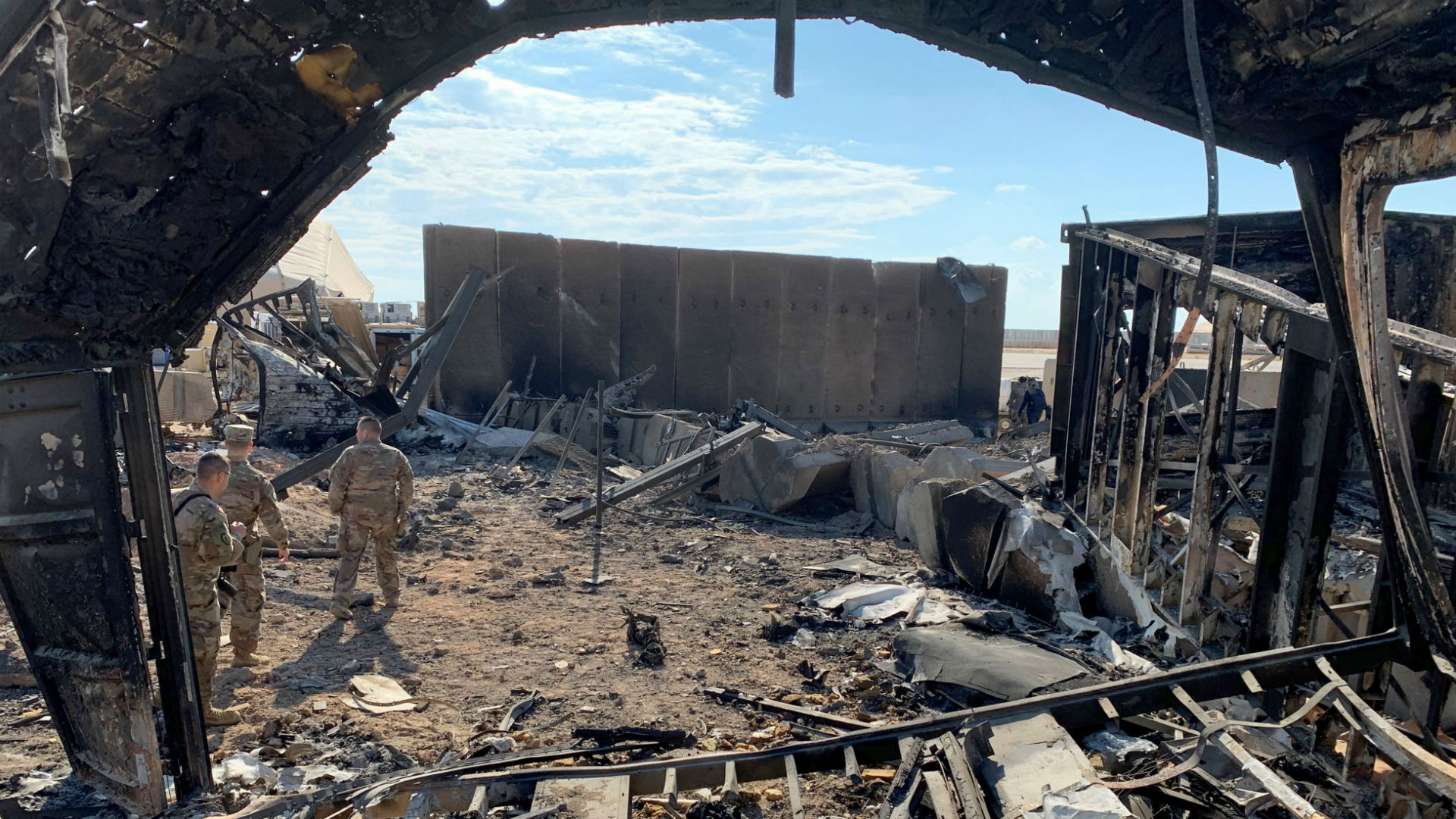Beyond Borders: The Thrilling True Stories Of Escape From Iran
The echoes of revolution often reverberate far beyond their initial tremors, shaping destinies and forcing unimaginable choices. For many caught in the maelstrom of the 1979 Iranian Revolution, the paramount decision became one of survival: how to secure an escape from Iran. This article delves into the gripping narratives of those who found themselves in perilous situations, from diplomatic staff to ordinary citizens, and the extraordinary efforts made to help them reach safety.
From the harrowing events of the Canadian Caper, a story of diplomatic ingenuity and courage, to the more recent desperate flights of those caught between escalating conflicts, the theme of escaping Iran remains a powerful testament to human resilience. These are not just tales of flight, but chronicles of hope, resourcefulness, and the profound impact of international cooperation in the face of grave danger.
Table of Contents
- The Genesis of Crisis: Iran in 1979
- The Canadian Caper: A Daring Diplomatic Rescue
- The Role of Ken Taylor and the Canadian Embassy
- The CIA's Covert Hand: A Hollywood-esque Operation
- "Escape from Iran": Documenting the Truth
- Beyond the Caper: Other Journeys of Escape
- The Human Cost of Escape: Stories of Resilience
- Lessons from History: The Enduring Spirit of Freedom
The Genesis of Crisis: Iran in 1979
The year 1979 marked a seismic shift in Iranian history. The Iranian Revolution, a period of intense political and social upheaval, culminated in the overthrow of the U.S.-backed Shah Mohammad Reza Pahlavi and the establishment of an Islamic republic under Ayatollah Ruhollah Khomeini. This dramatic transformation sent shockwaves across the globe, fundamentally altering geopolitical dynamics in the Middle East. Amidst this fervent revolutionary atmosphere, tensions with the United States escalated rapidly. On November 4, 1979, a group of militant Islamist students stormed the United States Embassy in Tehran. Their primary demand was the return of the Shah to Iran to face trial. This audacious act led to the capture of 66 U.S. embassy personnel, most of whom would endure 444 days in captivity until their release in January 1981. This event, known as the Iran Hostage Crisis, became a defining moment in U.S.-Iran relations and a focal point for international diplomacy. While the world watched in horror, a smaller, equally dramatic story of survival and escape was unfolding in the shadows.The Canadian Caper: A Daring Diplomatic Rescue
Among the chaos of the embassy takeover, a small group of six American State Department staff managed to evade capture. These individuals, facing immediate danger and uncertain fates, desperately sought refuge. Their incredible story of survival and eventual escape from Iran would become known as the "Canadian Caper," a testament to international cooperation and daring covert operations.The Hostage Crisis Unfolds
When the U.S. Embassy was overrun, the situation was chaotic. The students, fueled by revolutionary fervor, swiftly took control, apprehending most of the American personnel. However, in the ensuing pandemonium, six diplomats found a way to slip through the dragnet. These individuals – Robert Anders, Mark Lijek, Cora Lijek, Joseph Stafford, Kathleen Stafford, and Lee Schatz – found themselves in hostile territory, adrift in a city consumed by revolution. Their immediate need was sanctuary, a place to hide from the revolutionary guards who were actively searching for any remaining Americans.Sanctuary in Secrecy
In a remarkable act of bravery and solidarity, the Canadian embassy staff in Tehran opened their doors and their homes to the six American escapees. This was a decision of immense personal risk, as harboring American diplomats could have dire consequences for the Canadians if discovered. For weeks, the six Americans lived in hiding, moving between the residences of Canadian embassy officers, including the home of Ambassador Ken Taylor. This period of clandestine existence was fraught with anxiety, as every knock on the door, every unfamiliar sound, could signal discovery and capture. The success of their eventual escape from Iran hinged entirely on maintaining absolute secrecy and the unwavering commitment of their Canadian hosts.The Role of Ken Taylor and the Canadian Embassy
At the heart of the Canadian Caper was Ken Taylor, the Canadian Ambassador to Iran, and his dedicated staff. Their actions went far beyond the call of diplomatic duty. They not only provided shelter but also actively worked to create a plausible cover story for the Americans, fabricating Canadian passports and identities to facilitate their eventual departure. This required meticulous planning, nerve, and a deep understanding of the risks involved. The Canadian embassy staff, including Ambassador Taylor, understood the immense danger they were putting themselves in. If the Iranian authorities discovered their deception, it could have led to their own imprisonment, or worse. Yet, they persevered, driven by a humanitarian imperative and a strong sense of alliance with their American neighbors. This period of hiding and preparation was critical, transforming the desperate flight of six individuals into a meticulously planned operation for their freedom. The courage displayed by Ken Taylor and his team truly exemplified the spirit of international cooperation and personal sacrifice in the pursuit of justice and safety. Their efforts made the escape from Iran a reality for the "Canadian Six."The CIA's Covert Hand: A Hollywood-esque Operation
While the Canadian government played the visible and primary role in sheltering the diplomats, the U.S. Central Intelligence Agency (CIA) was also covertly involved in engineering the escape. This joint covert rescue, a rare public success for CIA counterterrorism efforts, added a layer of intrigue and complexity to the "Canadian Caper." The CIA's involvement focused on the logistical and operational aspects of getting the six Americans out of Iran. This included providing the necessary documentation and developing a cover story that would withstand scrutiny at the airport. Tony Mendez, a CIA disguise and exfiltration expert, played a crucial role, entering Iran under a false identity to assist with the final stages of the operation. The plan involved posing the Americans as a Canadian film crew scouting locations for a science fiction movie, a cover story outlandish enough to be believable in the revolutionary climate. This "Hollywood option," as it became known, was a high-stakes gamble, requiring the Americans to fully embody their new personas and navigate the perilous airport security with convincing confidence. The coordination between Canadian diplomatic efforts and CIA covert operations was seamless, leading to one of the most remarkable and successful diplomatic rescues in modern history, ensuring the safe escape from Iran for the six."Escape from Iran": Documenting the Truth
The extraordinary story of the Canadian Caper has captivated audiences for decades, inspiring both documentary and dramatized accounts. One notable production, "Escape from Iran," commemorates the 25th anniversary of the "Canadian Caper," offering a direct and powerful look into the events. This documentary, closely based on "Escape from Iran: The Inside Story" researched, directed, and produced by Les Harris of Canamedia, provides a vital historical record.Real Stories, Real Heroes
What makes the documentary "Escape from Iran" particularly compelling is its reliance on direct testimony. It is told through the eyes of the real Americans who escaped from Iran, including interviews with Bob Anders, Mark Lijek, Cora Lijek, and Lee Schatz. These firsthand accounts provide an unparalleled level of authenticity and emotional depth. Viewers hear directly from those who found sanctuary with the Canadian embassy in Tehran and the Canadians who risked their own safety to shelter their country's neighbors. Through these interviews, the documentary highlights the immense efforts made to get the six Americans home from Iran, underscoring the personal risks taken and the sheer bravery involved on both sides. The film offers a combination of how Ken Taylor and his Canadian embassy staff in Tehran, during the Iranian hostage crisis, hid half a dozen American embassy staffers at great personal risk, bringing to life the tension and triumph of their ordeal.The Legacy of the Film
Beyond its historical recounting, "Escape from Iran" serves as a powerful reminder of diplomatic courage and international solidarity. It allows audiences to discover showtimes, read reviews, watch trailers, find streaming options, and see where to watch this important piece of history. The film's cast details and further information are also explore-able on platforms like Moviefone. The legacy of the Canadian Caper, immortalized in this and other films, continues to resonate, demonstrating how extraordinary circumstances can elicit extraordinary acts of heroism and cooperation. It stands as a testament to the fact that even in the darkest of times, humanity can find ways to unite and protect those in peril, ensuring their successful escape from Iran.Beyond the Caper: Other Journeys of Escape
While the Canadian Caper is perhaps the most famous story of escape from Iran, it is by no means the only one. Throughout history, and particularly in times of conflict and political instability, individuals and families have made desperate journeys to flee the country, seeking safety and a better life elsewhere. These stories, though often less publicized, are equally compelling and underscore the enduring human desire for freedom and security. The 1980s, for instance, became a dangerous place for Jews to live in Iran. The story of twin sisters Pari and Maheen, two Jewish girls, illustrates this harrowing reality. They faced the agonizing decision to leave their parents, siblings, relatives, and friends for a chance at a better life in the West. Their trip would be fraught with danger, a perilous journey mirroring countless others undertaken by those seeking to escape persecution or limited opportunities.Modern-Day Challenges: War, Persecution, and Flight
Even today, the need for an escape from Iran persists for various reasons. Recent geopolitical tensions, such as Iran’s war with Israel, which started last Friday, are forcing some to flee as Israeli strikes target the country. The unpredictable nature of conflict can trap individuals, making rapid escape a matter of life or death. An American stuck in Iran as airstrikes began described how he escaped rising conflict, highlighting the immediate and severe dangers faced by those caught in such situations. Similarly, an American YouTuber attempting to cycle across all seven continents documented his dramatic escape from Iran after war erupted between Israel and Tehran while he was traveling across the country. These contemporary accounts underscore the continued relevance of the theme of escape, driven by evolving threats and circumstances. Furthermore, economic hardship and social restrictions continue to compel many to seek refuge abroad. The sheer scale of internal displacement and cross-border movement is staggering; some 5,000 Afghans are returning daily through the Islam Qala crossing in western Herat province, according to the aid agency World Vision International. While these are returnees to Afghanistan, it highlights the constant flux of populations in the region, often driven by a desire to escape difficult conditions, whether within Iran or in neighboring countries. The narratives of Iranian journalist Roohollah Zam, who grew up within the Iranian clerical regime (his father being a member of Supreme Leader Ali Khamenei’s inner circle), also shed light on the complex internal dynamics that can lead individuals, even those with connections, to seek an escape from Iran.The Human Cost of Escape: Stories of Resilience
Every story of escape from Iran carries with it an immense human cost. It means leaving behind loved ones, possessions, and a familiar way of life, often with no certainty of what lies ahead. The psychological toll of living in hiding, facing constant fear, and embarking on perilous journeys is immeasurable. Yet, these stories are also profound testaments to human resilience, courage, and the indomitable spirit of freedom. The individuals who undertake such journeys, whether diplomats, journalists, or ordinary citizens, demonstrate extraordinary strength. They navigate complex political landscapes, evade surveillance, and often rely on the kindness of strangers or the strategic genius of intelligence agencies. Their experiences highlight the universal yearning for safety, self-determination, and the opportunity to live a life free from persecution or conflict. The tales of escape from Iran are not just about flight; they are about the enduring human capacity to hope, adapt, and persevere against overwhelming odds. They remind us that behind every headline of geopolitical tension are countless personal sagas of survival and the pursuit of a better tomorrow.Lessons from History: The Enduring Spirit of Freedom
The narratives surrounding escape from Iran, particularly the "Canadian Caper," offer invaluable lessons. They underscore the critical importance of international diplomacy and humanitarian aid in times of crisis. The collaboration between Canada and the U.S. Central Intelligence Agency (CIA) in the Canadian Caper serves as a powerful example of how governments can work together to protect their citizens, even in the most challenging and hostile environments. It also highlights the profound impact of individual courage and moral conviction, as demonstrated by Ambassador Ken Taylor and his staff. These stories also serve as a stark reminder of the consequences of political upheaval and conflict on ordinary lives. They compel us to reflect on the universal right to safety and freedom, and the desperate measures individuals are often forced to take to secure these fundamental human needs. The legacy of those who orchestrated and experienced an escape from Iran continues to inspire, reminding us that even in the face of immense adversity, the human spirit's quest for liberty remains unyielding. The "Hollywood option" commemorates the 25th anniversary of the "Canadian Caper," unraveling this startling account that continues to resonate today. It's a story of ingenuity, bravery, and the enduring power of hope. The full documentary "Escape from Iran" offers an unparalleled look into this dramatic episode, bringing to light the courage of those involved. In conclusion, the stories of escape from Iran are more than historical footnotes; they are vibrant narratives of survival, resilience, and the relentless pursuit of freedom. From the coordinated diplomatic efforts of the Canadian Caper to the individual acts of bravery in the face of modern conflicts, these accounts remind us of the profound human desire for a life lived without fear. What are your thoughts on these incredible acts of courage and international cooperation? Share your perspectives in the comments below, or explore other articles on our site that delve into similar tales of human endurance.
Escape From Iran

My escape to Iran | Salon.com

Troops hid in Saddam-era bunkers to escape Iran missiles